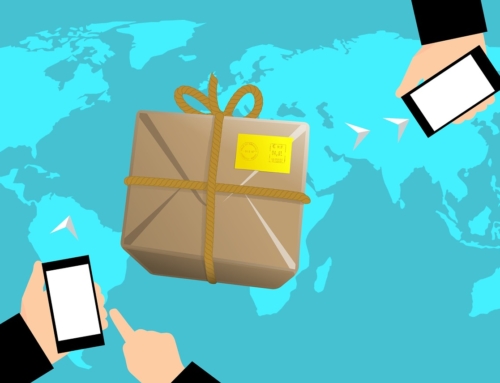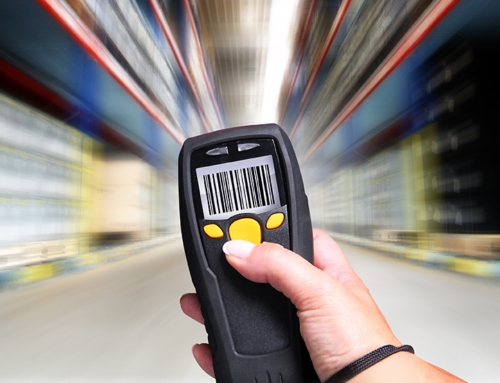Retailers have been able to capture a much higher share of markets they weren’t able to reach before by simply adding an effective eCommerce arm, but the flip-side of any sort of remote selling is an increase rate of returns.
According to a recent article in Entrepreneur, some sectors have returns that approach 40 percent—a rate that could be devastating without the right planning or systems in place. This is where retail reverse logistics saves the day!
What is Retail Reverse Logistics?
Most retailers are familiar with outbound logistics: Your customer places an order, then your software sends a request to your warehouse to pull, pack and ship the appropriate items to their destination. This process is a necessary and vital part of your business.
Packages come in from your suppliers and move out to your shoppers, and that’s the way it goes, 24 hours a day. Sometimes, though, those buyers get their items and either you’ve made a mistake in the packing and shipping or, more often, they’ve received an item that didn’t fit, didn’t work or that simply didn’t live up to their expectations.
It’s difficult, after all, to completely convey the depth of a three-dimensional item—the smell, the feel, the fit of a thing—through photographs and written descriptions. That’s one of the reasons why returns rates can be high. But not accepting returns can cost you customers, since many won’t be willing to take a chance on an item that might not be what they think it should be. Accepting those returns means you need a plan to juggle an additional incoming stream of merchandise.
This is what retail reverse logistics is all about. Instead of returns piling up, potentially costing your company thousands and thousands of dollars, a skilled retail reverse logistics team can grab those returns from multiple channels, including your retail stores and your eCommerce shop, check them for defects and get them back into inventory in hours or days.
Returning items to inventory just makes sense. After all, if the items are still completely sellable, your reverse logistics team can recapture their full value, even for seasonal items during the main sales season, or at minimum discount them and sell them as part of an open box or clearance sale (which attracts a different type of customer entirely).
Although your outbound logistics team does an amazing job of getting everything out to your customers in a flash, you should think of them as a one-way system. Adding a retail reverse logistics group to your company can move your returned merchandise back into inventory and onto your shelves with the same speed and efficiency, saving you time, making customers incredibly happy and helping you maintain proper compliance with any product recalls or safety issues.






Leave A Comment